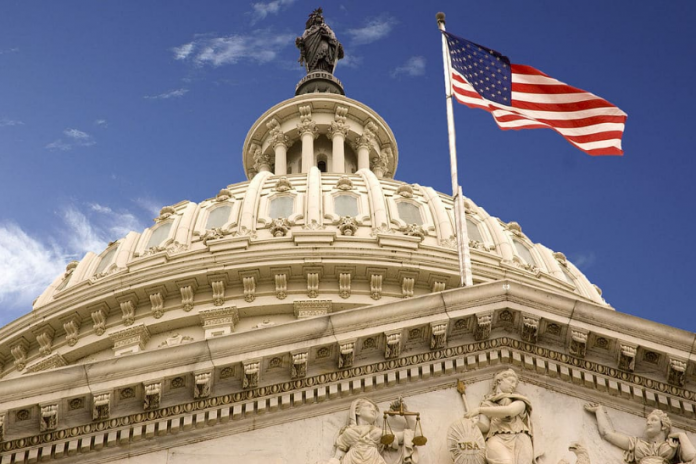The U.S. Department of Energy (DOE) plans to establish the Office of Clean Energy Demonstrations under the Infrastructure Investment and Jobs Act, which was signed into law on November 15, 2021. The office aims to close critical innovation gaps on the path to net-zero emissions by 2050.
The office is funded as a part of the Bipartisan Infrastructure Law that provides more than $20 billion to support clean energy technology demonstration projects in areas including clean hydrogen, carbon capture, grid-scale energy storage, small modular reactors, and more. Demonstration projects prove the effectiveness of innovative technologies in real-world conditions at scale in order to pave the way toward widespread adoption and deployment.
“Thanks to the investments Congress made in the Bipartisan Infrastructure Law, the Office of Clean Energy Demonstrations will move clean energy technologies out of the lab and into local and regional economies across the country, proving the value of technologies that can deliver for communities, businesses, and markets,” said Secretary of Energy Jennifer M. Granholm. “This new office will hire the best and brightest talent to invest in cutting edge clean energy projects, and DOE is calling on anyone dedicated to addressing the climate crisis to roll up their sleeves and join us.”
“This new Office of Clean Energy Demonstrations reflects President Biden’s commitment to help Americans turn on the lights in their homes, drive to work, and power their businesses using clean, affordable, and sustainable energy. This office will make life easier and safer for Americans all across the country,” said Mitch Landrieu, White House Senior Advisor and Infrastructure Implementation Coordinator.
This investment in the Office of Clean Energy Demonstrations is part of the $62 billion in the Bipartisan Infrastructure Law that intends to promote clean energy demonstrations that will deliver clean technologies to communities and businesses across the country. In addition to moving the country closer to achieving its goal of net-zero carbon emissions by 2050, projects funded by these demonstrations will total in the hundreds of millions or multiple billions of dollars in scale. Additional follow-on investments from the private sector will likely occur.
Rural areas and economically hard-hit areas are a major focus of the programs, with billions of dollars to be invested in demonstration projects in these communities – a critical focus of President Biden’s Justice40 initiative. The initiative is aimed at delivering 40% of clean energy investment benefits to disadvantaged communities and those that are experiencing the first and worst impacts of climate change. The DOE intends that the office will engage environmental justice groups, labor, and communities to help shape program development and execution. In addition to the large-scale projects, DOE will continue to support many smaller-scale pilots and demonstrations that are needed to meet the Administration’s climate goals.






